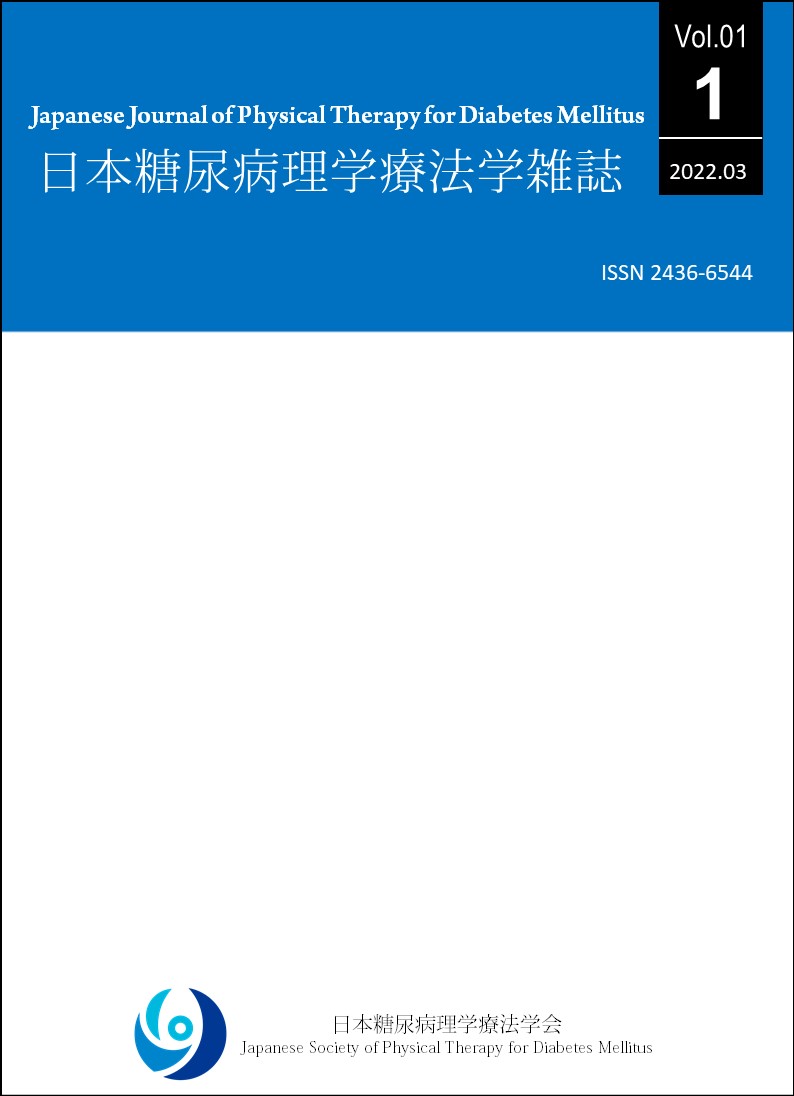Volume 2, Issue 1
Displaying 1-11 of 11 articles from this issue
- |<
- <
- 1
- >
- >|
-
2023Volume 2Issue 1 Pages 1-15
Published: March 31, 2023
Released on J-STAGE: March 31, 2023
Download PDF (1164K) -
2023Volume 2Issue 1 Pages 16-23
Published: March 31, 2023
Released on J-STAGE: March 31, 2023
Download PDF (312K) -
2023Volume 2Issue 1 Pages 24-34
Published: March 31, 2023
Released on J-STAGE: March 31, 2023
Download PDF (691K) -
2023Volume 2Issue 1 Pages 35-45
Published: March 31, 2023
Released on J-STAGE: March 31, 2023
Download PDF (1101K) -
2023Volume 2Issue 1 Pages 46-52
Published: March 31, 2023
Released on J-STAGE: March 31, 2023
Download PDF (389K) -
2023Volume 2Issue 1 Pages 53-64
Published: March 31, 2023
Released on J-STAGE: March 31, 2023
Download PDF (1263K) -
2023Volume 2Issue 1 Pages 65-73
Published: March 31, 2023
Released on J-STAGE: March 31, 2023
Download PDF (250K) -
2023Volume 2Issue 1 Pages 74-82
Published: March 31, 2023
Released on J-STAGE: March 31, 2023
Download PDF (868K) -
2023Volume 2Issue 1 Pages 83-93
Published: March 31, 2023
Released on J-STAGE: March 31, 2023
Download PDF (562K) -
2023Volume 2Issue 1 Pages 94-104
Published: March 31, 2023
Released on J-STAGE: March 31, 2023
Download PDF (615K) -
2023Volume 2Issue 1 Pages 105-112
Published: March 31, 2023
Released on J-STAGE: March 31, 2023
Download PDF (573K)
- |<
- <
- 1
- >
- >|
